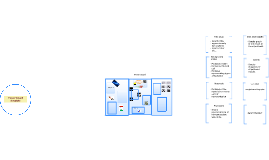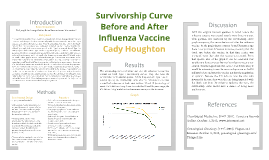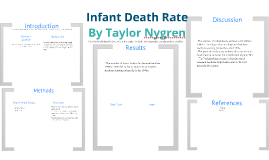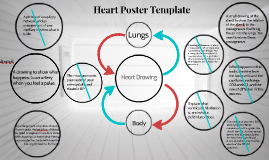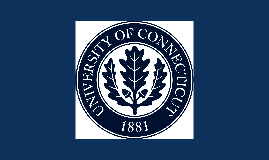strong presentation
Transcript: in the beginning... there was a void... (specifically, in the Dallas-Fort Worth technology market.) and Omary said, “Let there be light!” Dr. Mohammad Omary, that is, UNT associate professor of chemistry whose patented research on organic light-emitting diodes, might one day replace the which meets one of the four global challenges of the next century, energy, according to this guy... UNT is meeting Siebel’s other global challenges, as well: power of place UNT’s Discovery Park UNT’s Discovery Park is the only university affiliated research park in Dallas-Fort Worth, the fifth largest metropolitan area, representing the fifth largest concentration of high-tech employees, in the nation (AeANET). Fifteen miles north of Dallas-Fort Worth International Airport, and 4.5 miles north of the UNT main campus in Denton, UNT’s Discovery Park sits on 285 acres of flat Texas prairie land and has more than half-a-million square feet under roof, ample room for growth. The Park, once a Texas instruments, Inc., plant which built electronics for cruise missiles systems, is now home to another kind of smart system: students from UNT’s College of Engineering and College of Information, Library Science and Technologies. Also on-site are several UNT laboratories and centers, including the federally funded Center for Advanced Research and Technology (CART) and Institute for Science and Engineering Simulation (ISES). Not to mention a coffee bar for late night experimenters. UNT’s Discovery Park is already working with a number of companies, including Lockheed Martin, Peterbuilt, and NuconSteel, as well as local and regional governments. Incubating Technology Companies UNT’s Discovery Park works with emerging technology companies to increase their odds of success and to decrease their time to capital markets. Discovery Park is a nonprofit division of the University of North Texas. Its mission is to create jobs and wealth in North Texas through technology entrepreneurship, and to provide unparalleled opportunities for the UNT research community. Discovery Park welcomes an opportunity to help you with: Advisory Services Education & Networking Events Finances & Accounting Ground and Office Leasing Incubator Training Intellectual Property & Technology Legal Assistance Master Planning Office Operations Real Estate Solutions PR & Marketing Sales Assistance University-Industry Partnerships UNT’s continued efforts to breed strong university-industry connections are encouraging partnerships that will allow university discoveries to propel industry forward. UNT plans to capitalize on the Dallas-Fort Worth infrastructure and its own deep intellectual resources in the development of the nearly 290-acre Discovery Park. Already, the research park is home to an array of laboratories and centers that include the federally funded Center for Advanced Research and Technology and the Institute for Science and Engineering Simulation. In addition to Discovery Park’s recent partnership with Tech Fort Worth, a nonprofit business incubator helping commercialize innovative technologies, UNT is submitting entries to World’s Best Tech. There, venture capitalists from around the country can examine such work as faculty chemist Mohammad Omary’s patented research on organic light-emitting diodes. Business Incubator University Resources The goal of the UNT’s Discovery Park and its community partners is to facilitate smarter, faster startup and growth of emerging companies so those companies will become financially successful, high growth companies in the shortest time possible. increased economic development according to the Pew charitable trust, 40% of investing dollars go back into the community energy water power of place global competition global challenges council on competitiveness, federal initiative education, infrastructure, facilities increased economic development process of incubation: technology startup incubation acceleration acquire intellectual property according to the Pew charitable trust, 40% of investing dollars go back into the community food healthcare






